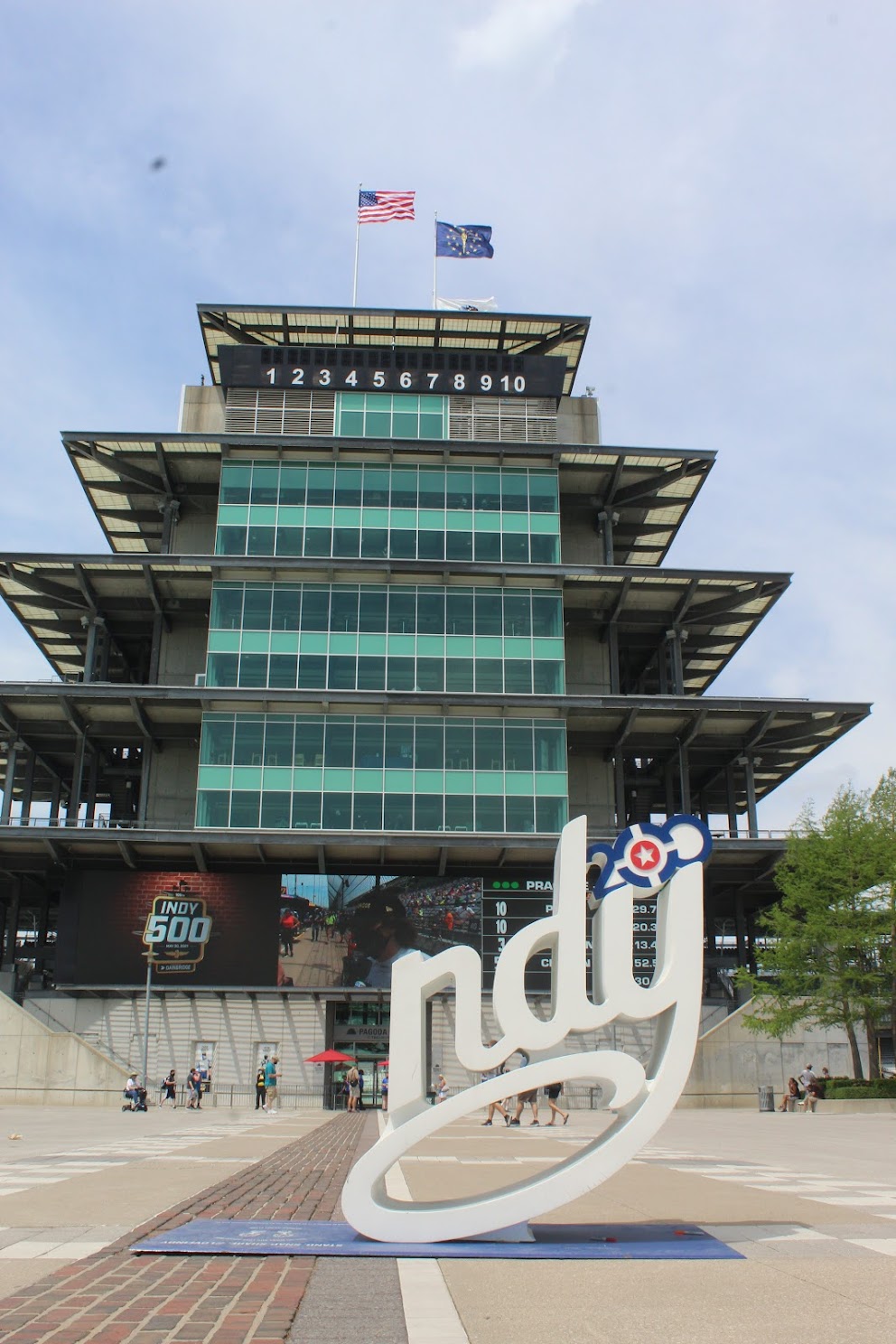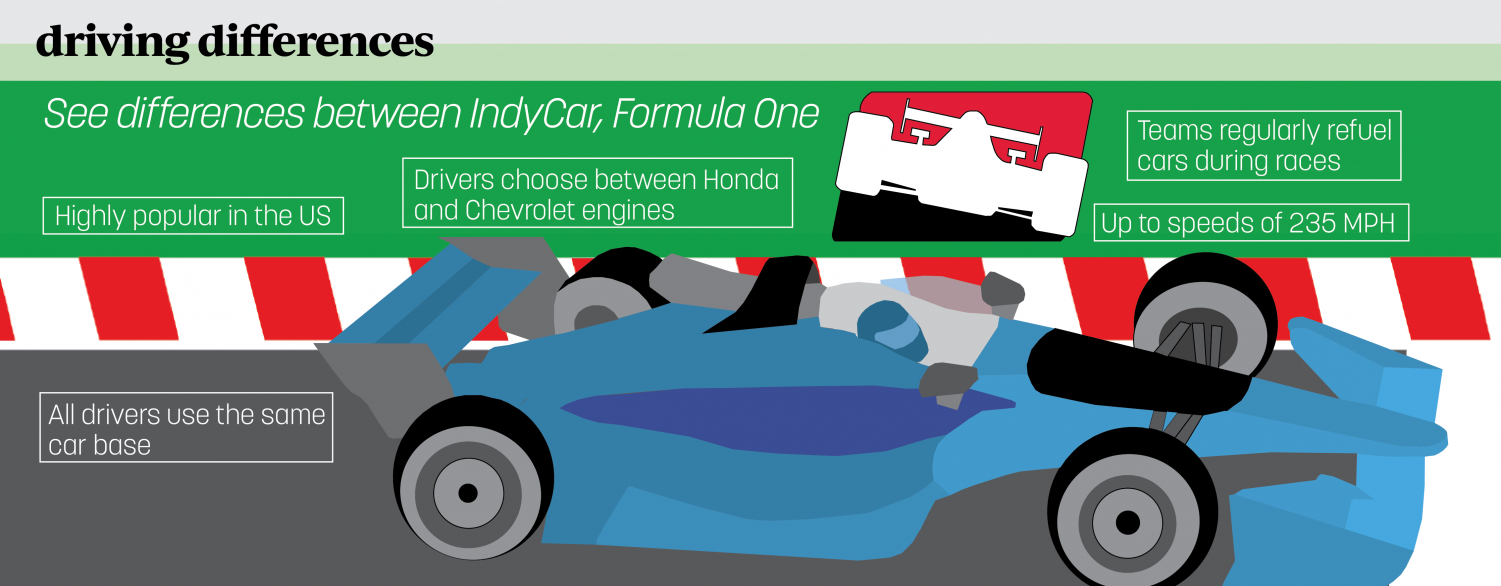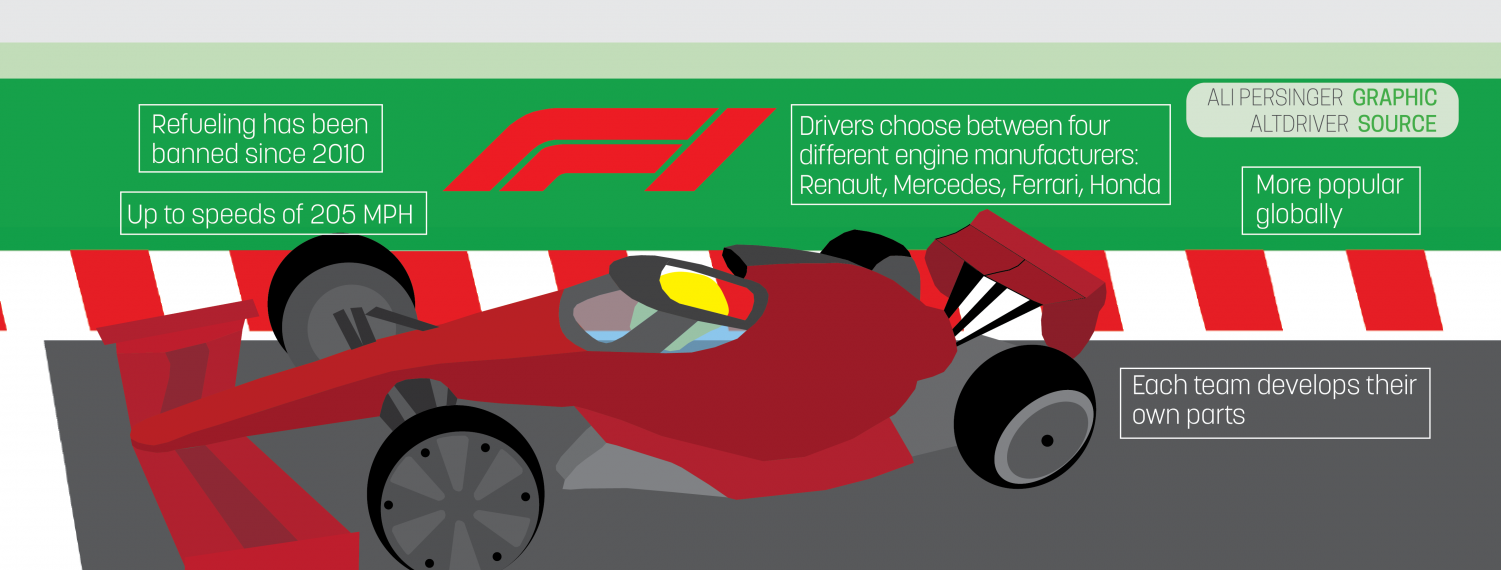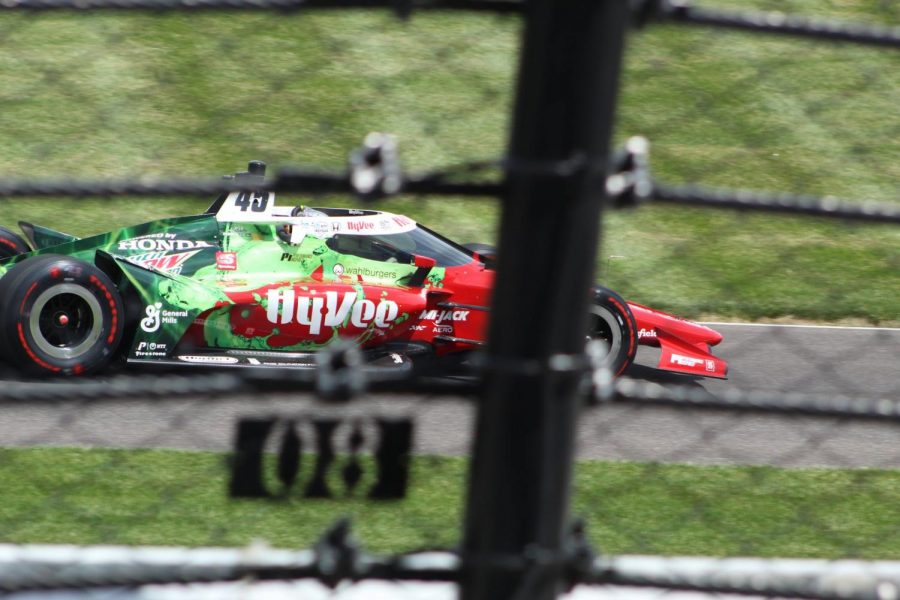Back in October, Formula 1’s U.S. Grand Prix witnessed a record audience of around 400,000 attendees across four days. According to Austonia, a local news outlet in Austin, Texas, where the race was located, the Grand Prix is now the largest annual event in Texas. Furthermore, the race’s 110 million television viewers exceeded the Super Bowl’s 96.4 million viewers earlier this year.
Viewership numbers, however, weren’t always so high. In fact, according to ESPN, in previous years the Austin race was in danger of being cut from the Formula 1 calendar due to a lack of interest from Americans. However, in 2019, Netflix launched “Drive to Survive,” a suspenseful docuseries about Formula 1 that has attracted millions of new American fans.
Senior Abhiram “Abhi” Ankaraju said that he is one of these new fans.
“I got interested in F1 because of the Netflix series ‘Drive to Survive,’” he said via email. “I also have a lot of friends who are involved in the sport so I had people to talk about it with.”
American motorsport fans tend to follow NASCAR and INDYCAR, which both feature American drivers and have races in American time zones. Formula 1 races on the other hand, occur all around the world, and there are few American drivers, so there was little draw for Americans until the first season of “Drive to Survive” was released.
“(‘Drive to Survive’) got really popular during COVID times because (Formula 1) took a break from racing until July 2020 so people watched (the series). It caught on for a ton of Americans and I just started watching because it sounded very interesting,” senior Gabe Perrin said.
However, Formula 1 has also grown in popularity in the United States due to word-of- mouth. Junior Amna Mallick said she began following Formula 1 after a friend spoke to her about it.
“(I started getting into Formula 1) about two months ago. A friend of mine has always talked about Formula 1 and racing for years on end and I could never follow in their conversation at all so I decided ‘You know what? I’m going to start,’ so I started listening to podcasts,” Mallick said.
Ankaraju said he expects Formula 1 to further expand in the United States, especially as it makes inroads into the North American market.
Ankaraju said. “Most people just don’t know about (Formula 1), so once it gets more exposure I think its popularity will grow.”
“It may have (Surpassed INDYCAR and NASCAR in popularity in the United States) already,” Perrin said, pointing out that the NASCAR race that fell on the same day as the United States Grand Prix only had about 20,000 fans. “I think overall the (F1) races are a lot more exciting than NASCAR and INDYCAR.”
Business teacher Rob Holman said that he thinks Formula 1 will have a positive impact on the U.S economy and on INDYCAR’s popularity.
“The fans that follow the sport typically fall into a different demographic from a money standpoint. So the fans that come here will spend money on nicer hotels, restaurants, etc,” he said via email. “I think it will help the INDYCAR series (since) some of the Formula 1 drivers have also driven in INDYCAR races.”
Perrin said he also followed INDYCAR and that there are several differences between INDYCAR and Formula 1.
“INDYCAR is primarily in the United States and Formula 1 is worldwide in 23 different countries. INDYCARs go a lot faster in a straight line, but F1 cars are super fast around the corners and they accelerate a lot faster,” Perrin said. “Overall F1’s a lot more global sport, there’s more global fans, they visit more countries, drivers from every single continent. INDYCAR is mostly North and South America.”

According to ESPN, which has broadcasting rights for Formula 1, the average viewers per race in the United States went from 547,000 in 2018 to 928,000 in 2021, a 59% increase.
Students here have quickly became acquainted with the major stars in Formula 1, including Lewis Hamilton and Max Verstappen. Perrin said his favorite driver is Lando Norris, who is prominently featured in “Drive to Survive.”
Still, despite the exposure “Drive to Survive” has brought to the sport, Perrin said he believes some of the suspense and feuds depicted in the series are manufactured for the sake of entertainment and not completely reflective of the sport.
Perrin said, “I think that’s the reason why a lot of people started liking it because people love drama so when they saw (‘Drive to Survive’) they were like ‘Oh, that’s exciting, I want to be a part of that.’ However they kind of manufacture a lot of feuds between teammates and things like that which a lot of people don’t like.”
But beyond those manufactured conflicts, Perrin said the product itself is exciting enough in Formula 1.
“I think (NASCAR and INDYCAR) have to manufacture some sort of excitement,” he said. “but F1 is always exciting no matter what.”

































![What happened to theater etiquette? [opinion]](https://hilite.org/wp-content/uploads/2025/04/Entertainment-Perspective-Cover-1200x471.jpg)














































![Review: “The Immortal Soul Salvage Yard:” A criminally underrated poetry collection [MUSE]](https://hilite.org/wp-content/uploads/2025/03/71cju6TvqmL._AC_UF10001000_QL80_.jpg)
![Review: "Dog Man" is Unapologetically Chaotic [MUSE]](https://hilite.org/wp-content/uploads/2025/03/dogman-1200x700.jpg)
![Review: "Ne Zha 2": The WeChat family reunion I didn’t know I needed [MUSE]](https://hilite.org/wp-content/uploads/2025/03/unnamed-4.png)
![Review in Print: Maripaz Villar brings a delightfully unique style to the world of WEBTOON [MUSE]](https://hilite.org/wp-content/uploads/2023/12/maripazcover-1200x960.jpg)
![Review: “The Sword of Kaigen” is a masterpiece [MUSE]](https://hilite.org/wp-content/uploads/2023/11/Screenshot-2023-11-26-201051.png)
![Review: Gateron Oil Kings, great linear switches, okay price [MUSE]](https://hilite.org/wp-content/uploads/2023/11/Screenshot-2023-11-26-200553.png)
![Review: “A Haunting in Venice” is a significant improvement from other Agatha Christie adaptations [MUSE]](https://hilite.org/wp-content/uploads/2023/11/e7ee2938a6d422669771bce6d8088521.jpg)
![Review: A Thanksgiving story from elementary school, still just as interesting [MUSE]](https://hilite.org/wp-content/uploads/2023/11/Screenshot-2023-11-26-195514-987x1200.png)
![Review: "When I Fly Towards You", cute, uplifting youth drama [MUSE]](https://hilite.org/wp-content/uploads/2023/09/When-I-Fly-Towards-You-Chinese-drama.png)
![Postcards from Muse: Hawaii Travel Diary [MUSE]](https://hilite.org/wp-content/uploads/2023/09/My-project-1-1200x1200.jpg)
![Review: "Ladybug & Cat Noir: The Movie," departure from original show [MUSE]](https://hilite.org/wp-content/uploads/2023/09/Ladybug__Cat_Noir_-_The_Movie_poster.jpg)
![Review in Print: "Hidden Love" is the cute, uplifting drama everyone needs [MUSE]](https://hilite.org/wp-content/uploads/2023/09/hiddenlovecover-e1693597208225-1030x1200.png)
![Review in Print: "Heartstopper" is the heartwarming queer romance we all need [MUSE]](https://hilite.org/wp-content/uploads/2023/08/museheartstoppercover-1200x654.png)



